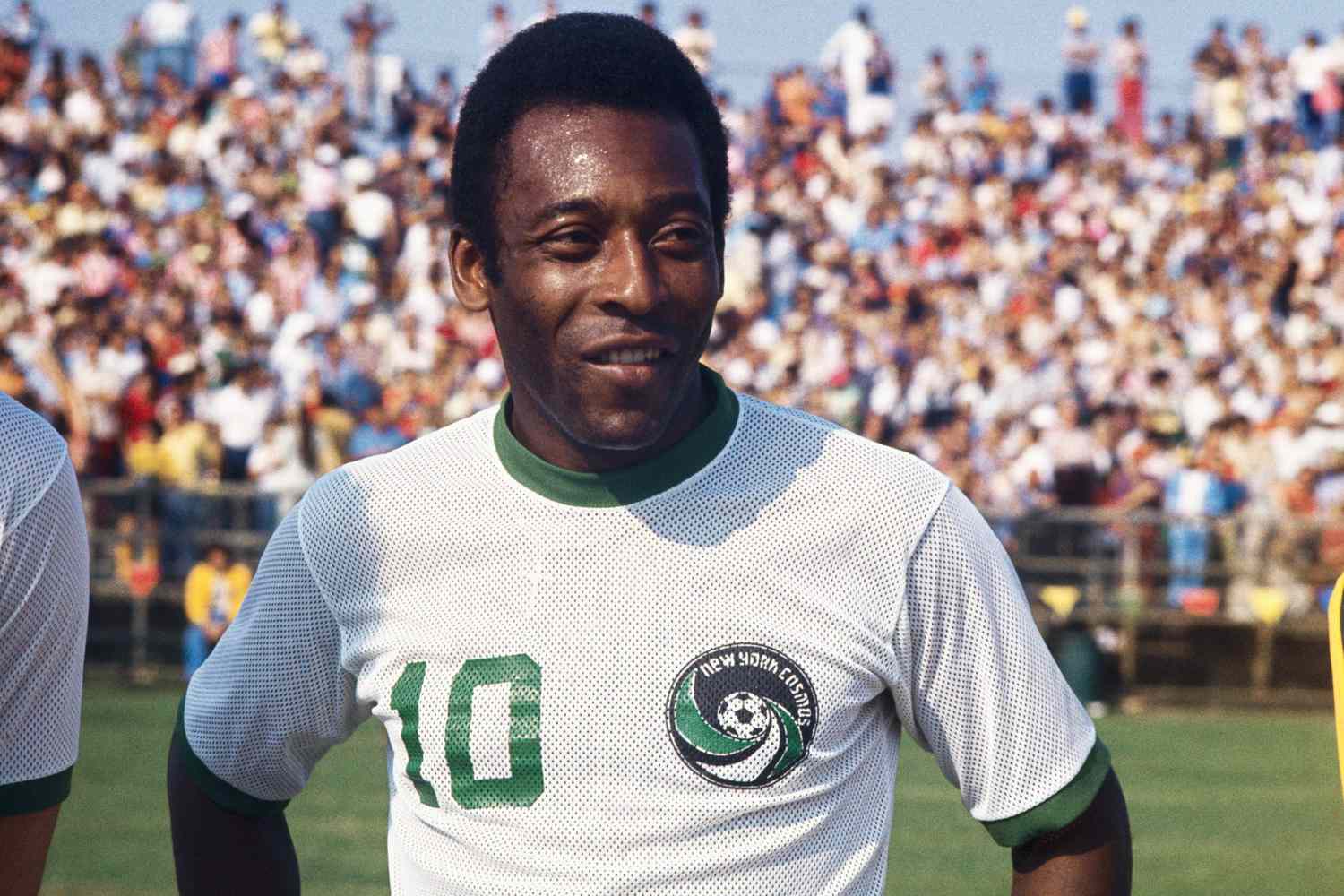The Brazilian soccer icon, Edson Arantes do Nascimento, or Pelé, recently passed away at the age of 82. There have been many tributes to his life and career, but business and sports writer Joe Pompliano recently shared a particularly memorable one on Twitter. It involves a sibling rivalry that intersected with Pelé’s fame in the world of football and resulted in him receiving a $120,000 paycheck just for tying his shoelaces.
The Dassler brothers, Adolf and Rudolf, started a shoe company in their bedroom that eventually became a major success with the invention of screw-on spikes, worn by Jesse Owens at the 1936 Olympics. However, as the company grew, the brothers became bitter rivals and eventually split, with each starting their own shoe business. Adolf’s company was called Adidas (a combination of his first and last names), while Rudolf’s became Puma. Both brands experienced early success and are still well-known today. In the late 1960s, as Pelé’s superstardom on the field began to rise and sports star endorsement deals became more common, Puma and Adidas agreed not to pursue a deal with him to avoid a bidding war that could have bankrupted both companies. However, in 1970, Rudolf broke the “Pelé Pact” with a unique marketing strategy involving the player.
Pelé was scheduled to play with Brazil in the 1970 World Cup semi-final against Peru, and Puma offered him $120,000, or about $1 million in today’s dollars, to wear their sneakers during the game and to stop and tie his shoes at mid-field before the start. This deal was an attempt by Puma to break the “Pelé Pact” and gain an advantage over its rival, Adidas.



